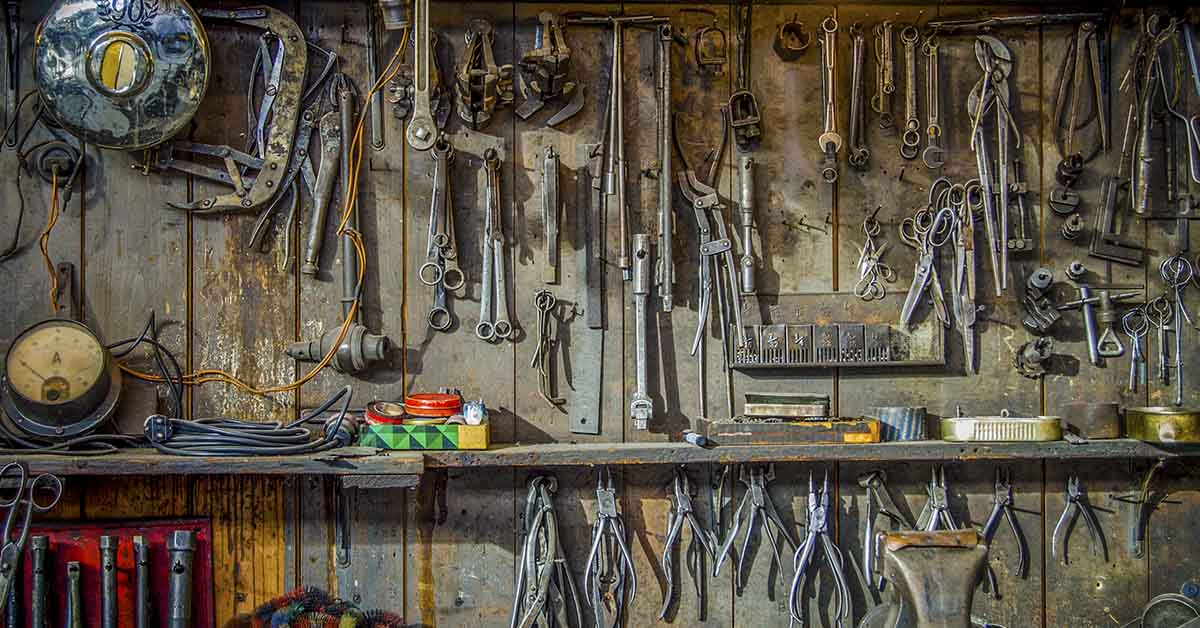Vintage items always seem to spark conversation, but many have become so unfamiliar that people don’t recognize them at all. These pieces from the past were once part of everyday life, serving practical purposes in homes, offices, and workshops. Before modern gadgets simplified everything, people relied on tools that needed more time, effort, and hands-on care. Looking at them now, it’s easy to forget how essential they once were. Some are charming, others are puzzling, but all of them offer a peek into how life used to work. This list brings together 12 vintage items that may leave you guessing. If you enjoy quirky history and everyday artifacts, you’ll love seeing how much has changed.
1. The Brace Drill
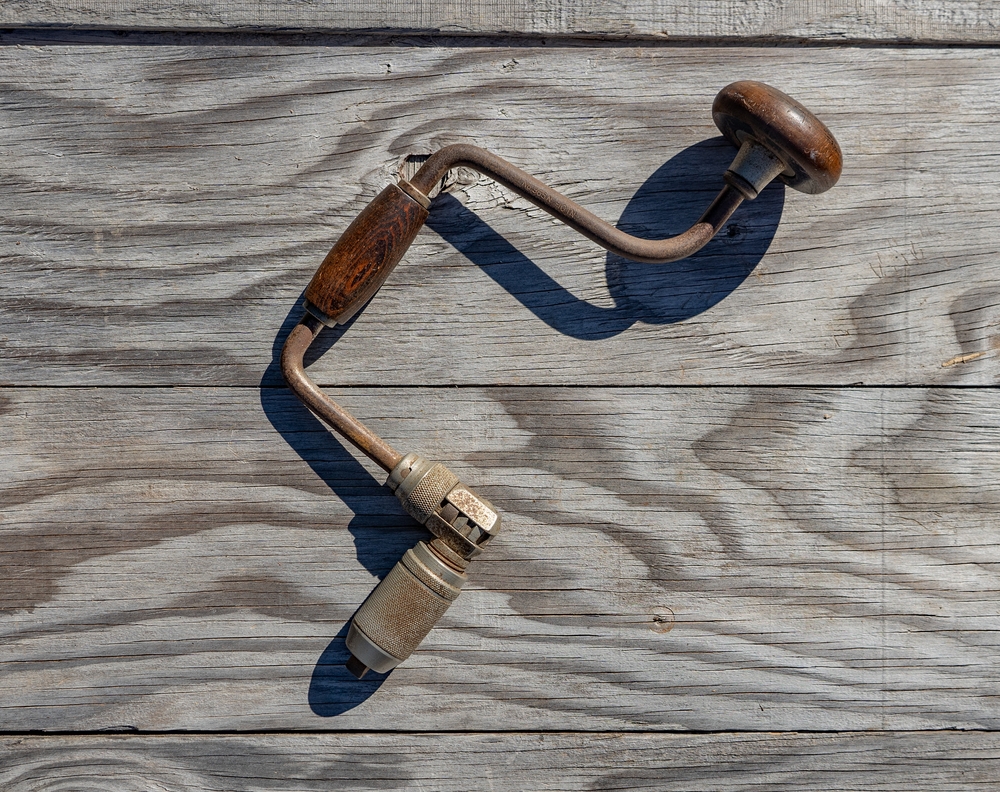
One of the most overlooked vintage items is the brace drill. Craftsmen used it to bore holes into wood before electric drills became available. The tool features a U-shaped crank with a rotating handle and a metal bit. To use it, you grip the handle and turn the crank, which spins the bit into the wood. It takes more effort than modern tools, but it gave workers control and accuracy. The brace drill often appeared in workshops and home toolboxes. Today, many wouldn’t recognize it, even though it once played a big part in construction and repairs.
2. The Percolator Coffee Pot
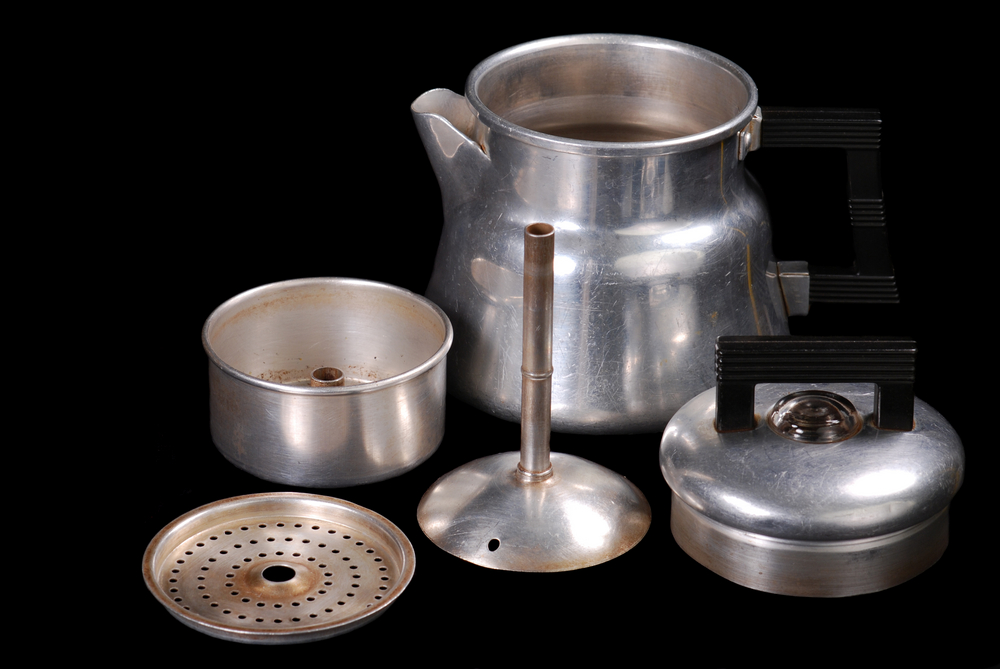
Before drip machines and single-serve brewers, people relied on the percolator coffee pot for their morning cup. This stovetop tool brewed coffee by sending boiling water through a tube and over coffee grounds. You could often hear it bubbling as it worked. Many percolators had a clear knob on top so you could see the coffee color darken. They made strong, bold coffee that people loved. Although rare in modern kitchens, percolators still appeal to fans of classic brewing. Their design reflects a time when coffee required more patience and attention.
3. The Typewriter Ribbon Tin
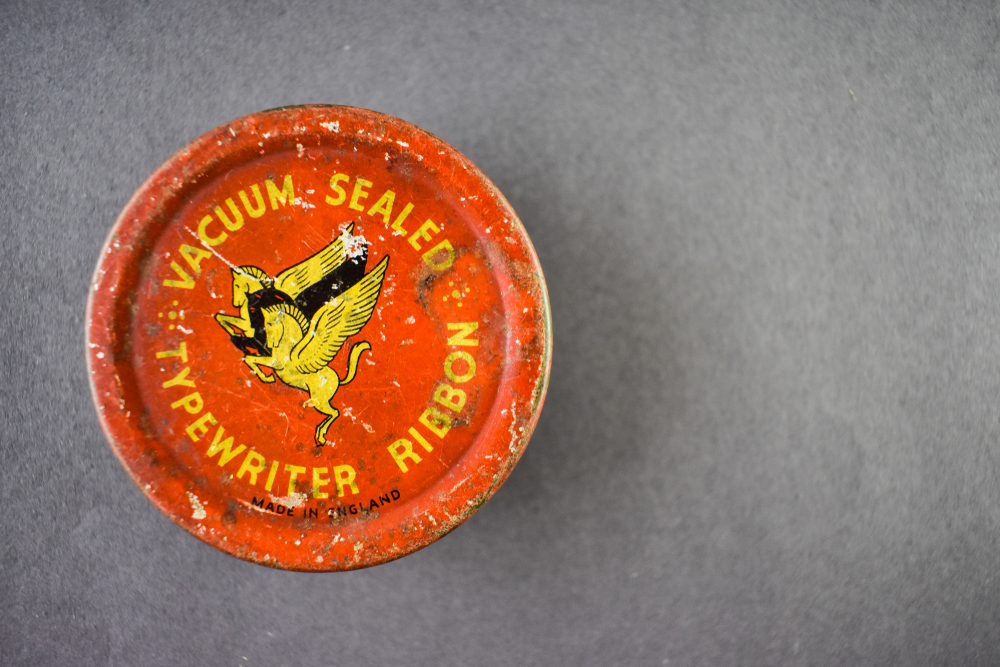
Typewriter ribbons once came in small metal tins, often with colorful labels and compact lids. These vintage items held the inked ribbons needed for typing documents. When the ribbon wore out, you swapped it for a new one from the tin. These containers kept the ribbons fresh and protected from dust. People sometimes reused the tins for buttons, pins, or coins. Today, many confuse them with old makeup or candy containers. Their unique designs make them popular among vintage collectors.
4. The Powder Puff Box
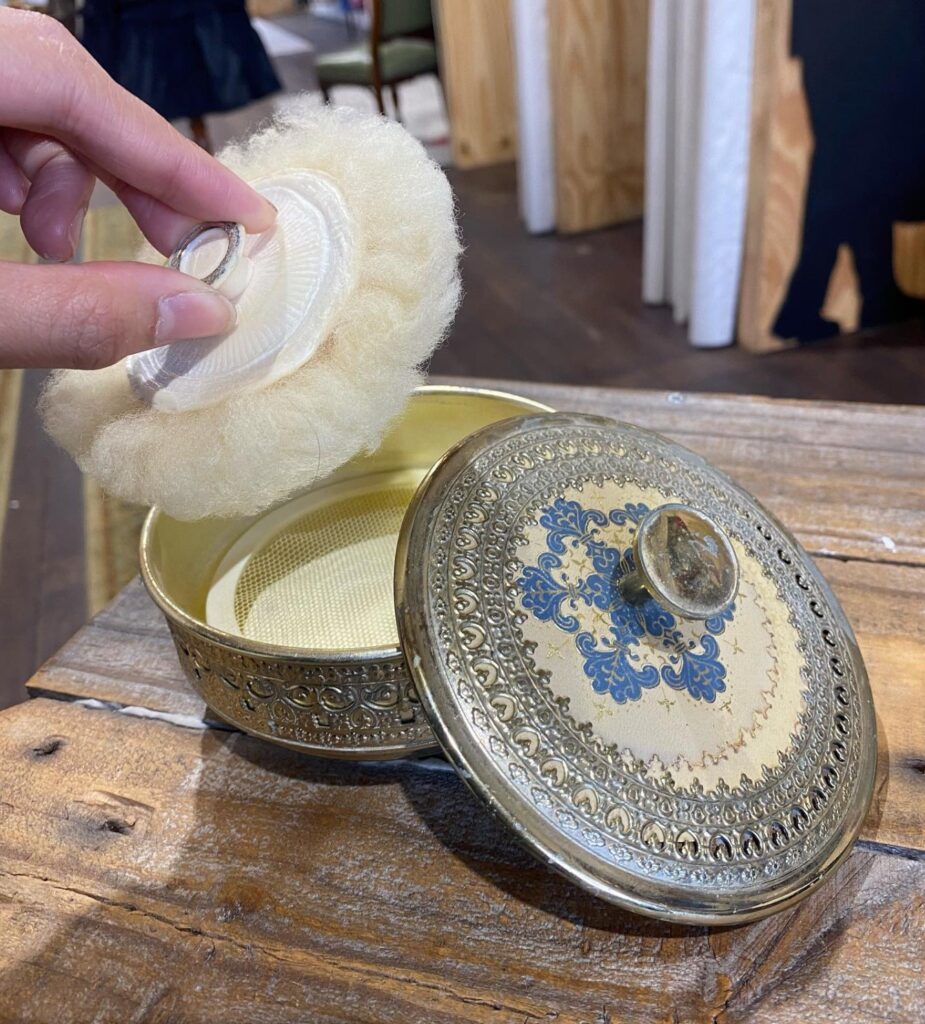
Before compact mirrors and sponge applicators, women kept their face powder in ornate powder puff boxes. These containers held soft puffs made of cotton or feathers. The boxes often featured metal lids, mirrors, and elegant designs. Many sat on bedroom vanities as part of daily beauty routines. Using a powder puff was slower than modern methods, but it added a touch of glamour. Some boxes even became keepsakes passed down through generations. Today, they represent an era when beauty products were as decorative as they were practical.
5. The Hand-Cranked Coffee Grinder

Coffee lovers once relied on hand-cranked grinders to crush beans before brewing. These devices featured a handle on top and a small drawer at the bottom. Turning the crank spun internal blades that ground the beans. The drawer caught the fresh grounds, ready for use in a percolator or French press. These grinders didn’t need electricity and often had wooden frames and cast-iron parts. Many people liked the smell of freshly ground beans and the control the grinder offered. Though rare today, collectors still prize them for their craftsmanship.
6. The Sardine Key Tin
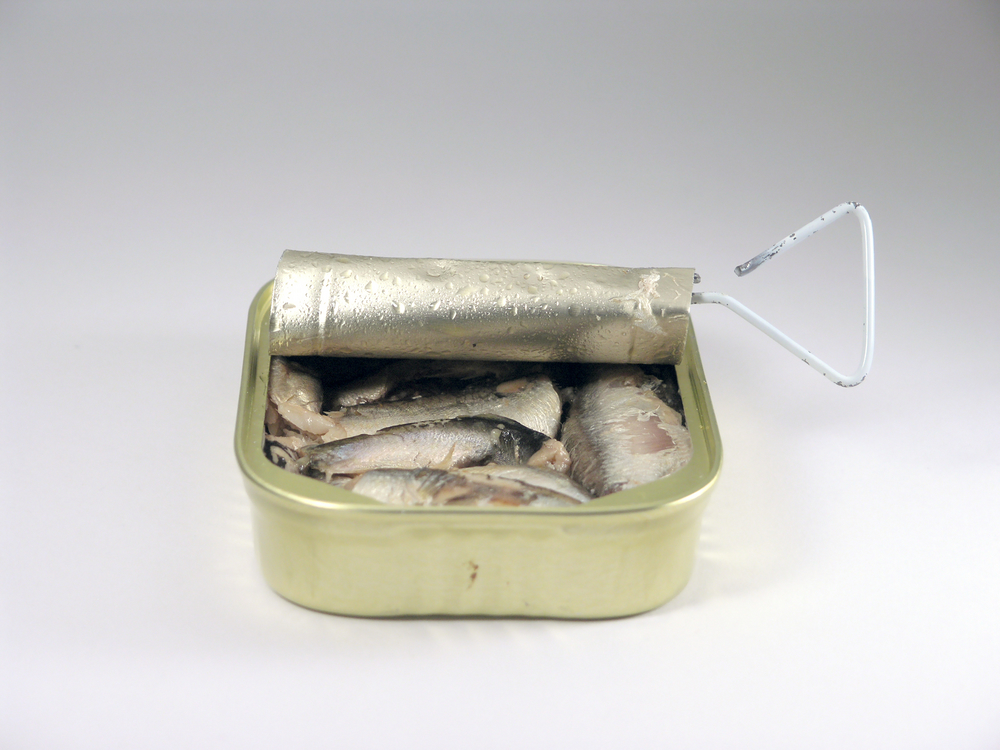
Before easy-open cans became standard, sardines and other tinned foods came sealed with a key. This small metal key was attached to the can’s lid and used to roll back a strip of tin, peeling it open. It took a steady hand and some patience, and the sharp edges could be dangerous if you weren’t careful. These tins were popular throughout the 20th century and could be found in many kitchen cupboards. Some people even collected the keys or used them for small household tasks. Now, most canned goods come with pull tabs, making the old method seem complicated.
Read More: 13 Mystery Items People Had to Turn To the Internet to Help Identify
7. The Washboard
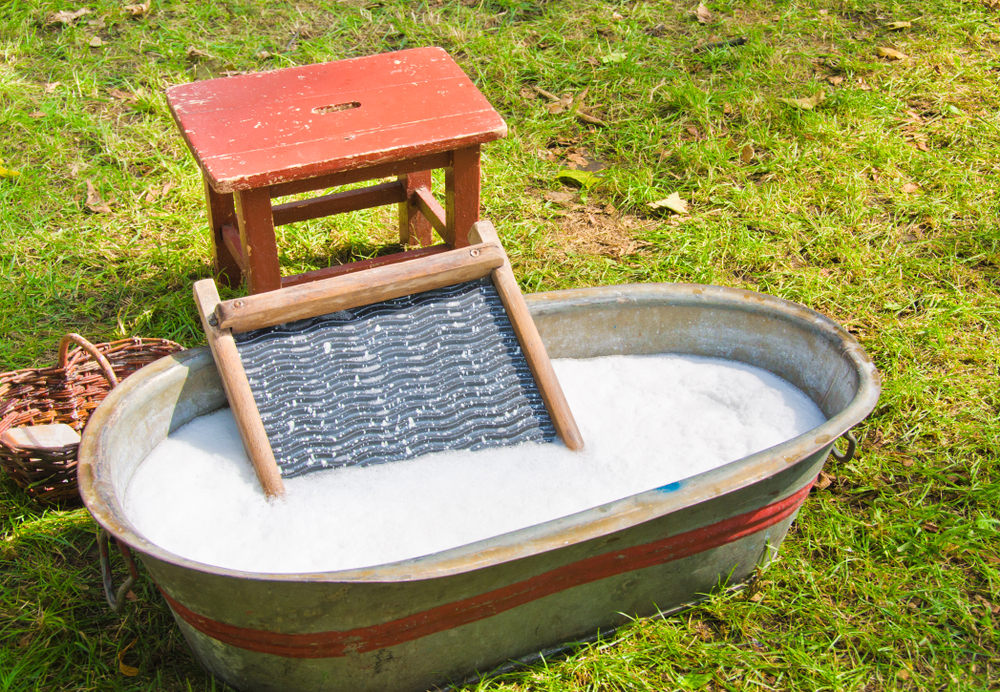
Long before washing machines took over, the washboard was a must-have for doing laundry. It had a wooden frame with a rippled metal or glass surface. People scrubbed clothes against it with soap and water to get out dirt and stains. The process took time, strength, and lots of patience. Some families used them for decades before switching to electric washers. Now, you’re more likely to see a washboard in a music performance than a laundry room. It’s a simple reminder of how much harder chores used to be.
8. The Shoe Button Hook
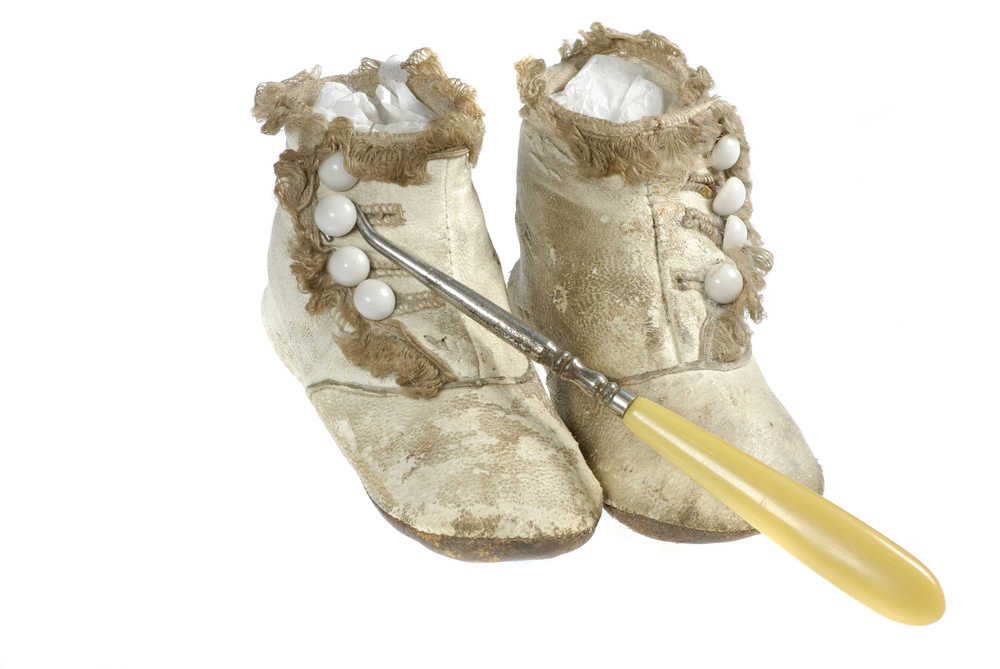
Getting dressed once took a little more effort, especially with shoes that needed buttoning. A button hook helped people fasten the tiny buttons on boots and dress shoes. It had a slim metal tip shaped like a hook and a small handle to grip. These were especially common in the late 1800s and early 1900s. People of all ages used them, especially for children’s and women’s footwear. Today, most people wear slip-ons or use laces. If you found a button hook now, you might think it was for sewing.
9. The Fountain Pen Blotter
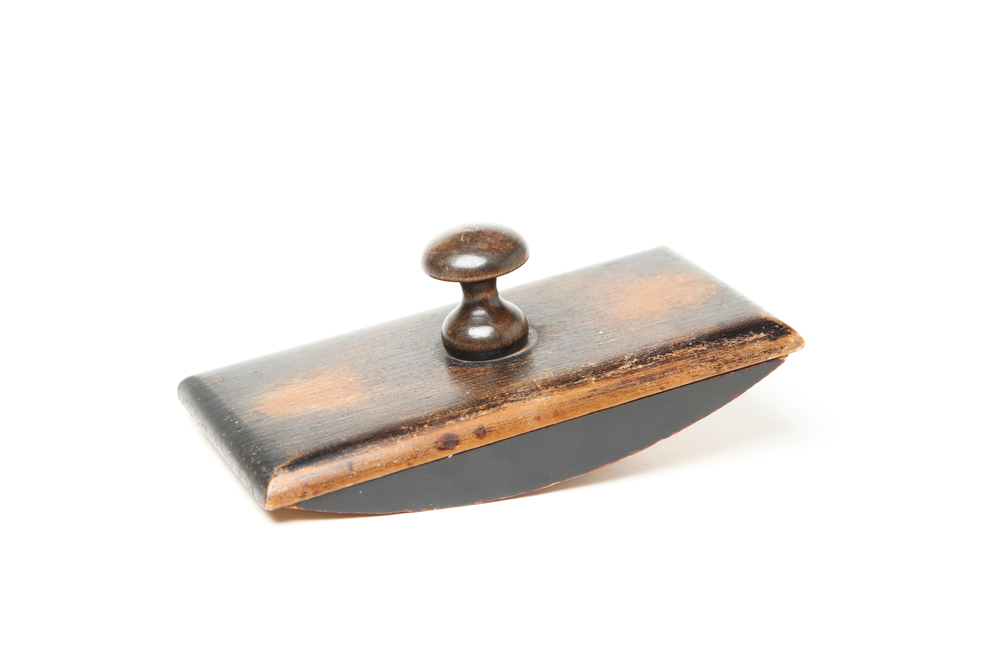
Writing with ink once came with its own set of tools, and the blotter was one of them. This small object helped dry excess ink on the page to avoid smudges. It had a curved base with blotting paper attached underneath and a handle on top. After writing a letter or filling out a form, you’d gently roll the blotter over the ink. It seems unnecessary now with ballpoint pens and keyboards, but it was once essential. Many were beautifully made and now serve as collectibles.
10. The Milk Bottle Cap
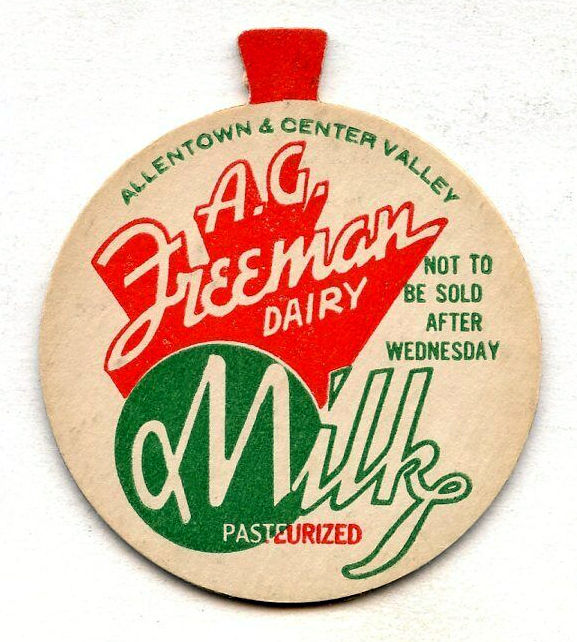
Before cartons and plastic jugs, glass milk bottles came with simple paper or cardboard caps. These caps sealed the bottles and kept the milk fresh until someone popped them open. Some had colorful designs or the dairy name printed right on them. The milkman would leave full bottles at your door and take the empties back. People saved the caps or reused them in crafts and school projects. These tiny pieces of packaging are easy to overlook but once had a big role in daily life. Today, they’re a fun piece of nostalgia for collectors and history fans.
11. The Slide Rule
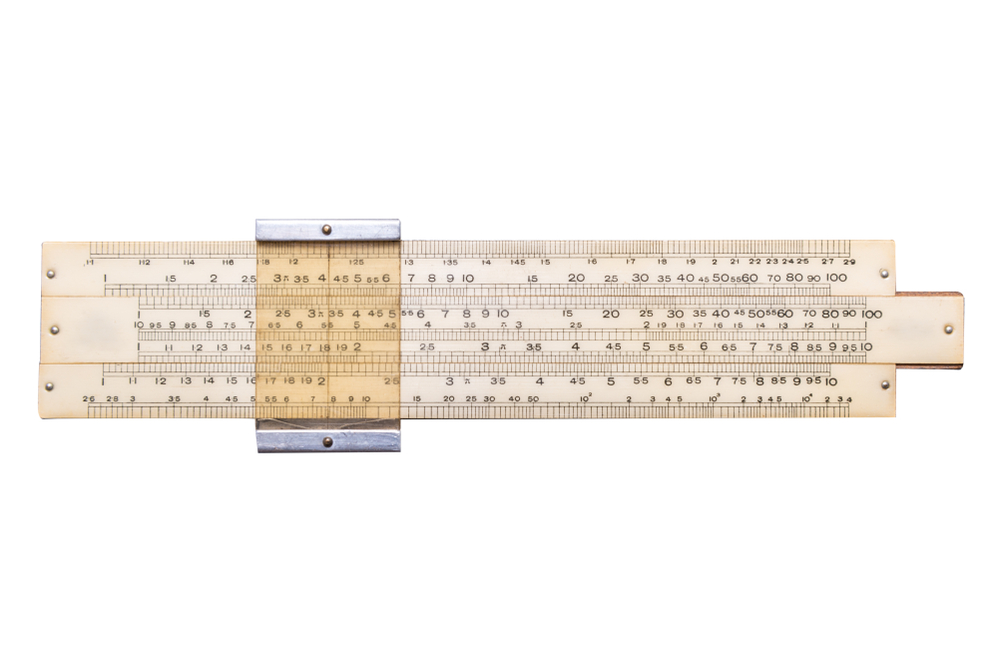
Before calculators and smartphones, the slide rule was a key tool for engineers, students, and scientists. This handheld device helped with mathematical calculations like multiplication and division using sliding scales. It looks simple but required skill to use accurately. Slide rules were common on desks and in classrooms until the late 1970s when electronic calculators took over. Though outdated now, they represent a clever way people solved complex problems with no batteries or screens. Finding one today might puzzle younger generations who only know digital gadgets.
12. The Floppy Disk

In the early days of personal computing, floppy disks were the go-to way to save and transfer files. These square, flexible disks came in different sizes, with the 3.5-inch version being the most popular. Users inserted them into computers to store documents, photos, and software. Despite their limited storage capacity by today’s standards, floppy disks were revolutionary for their time. Over the years, USB drives and cloud storage replaced them entirely. Now, floppy disks have become nostalgic icons of early technology.
Conclusion

Vintage items open a window into daily life from another era. Many once-familiar objects now seem strange or hard to recognize. These items show how people lived, worked, and enjoyed simple pleasures before modern technology changed everything. From household tools to personal accessories, vintage items tell stories of creativity, practicality, and tradition. Whether you collect antiques or just enjoy history, these objects remind us how far we’ve come. They connect the past and present in surprising and charming ways.
Read More: Everyday Items from the ’80s That Now Feel Like Luxuries
